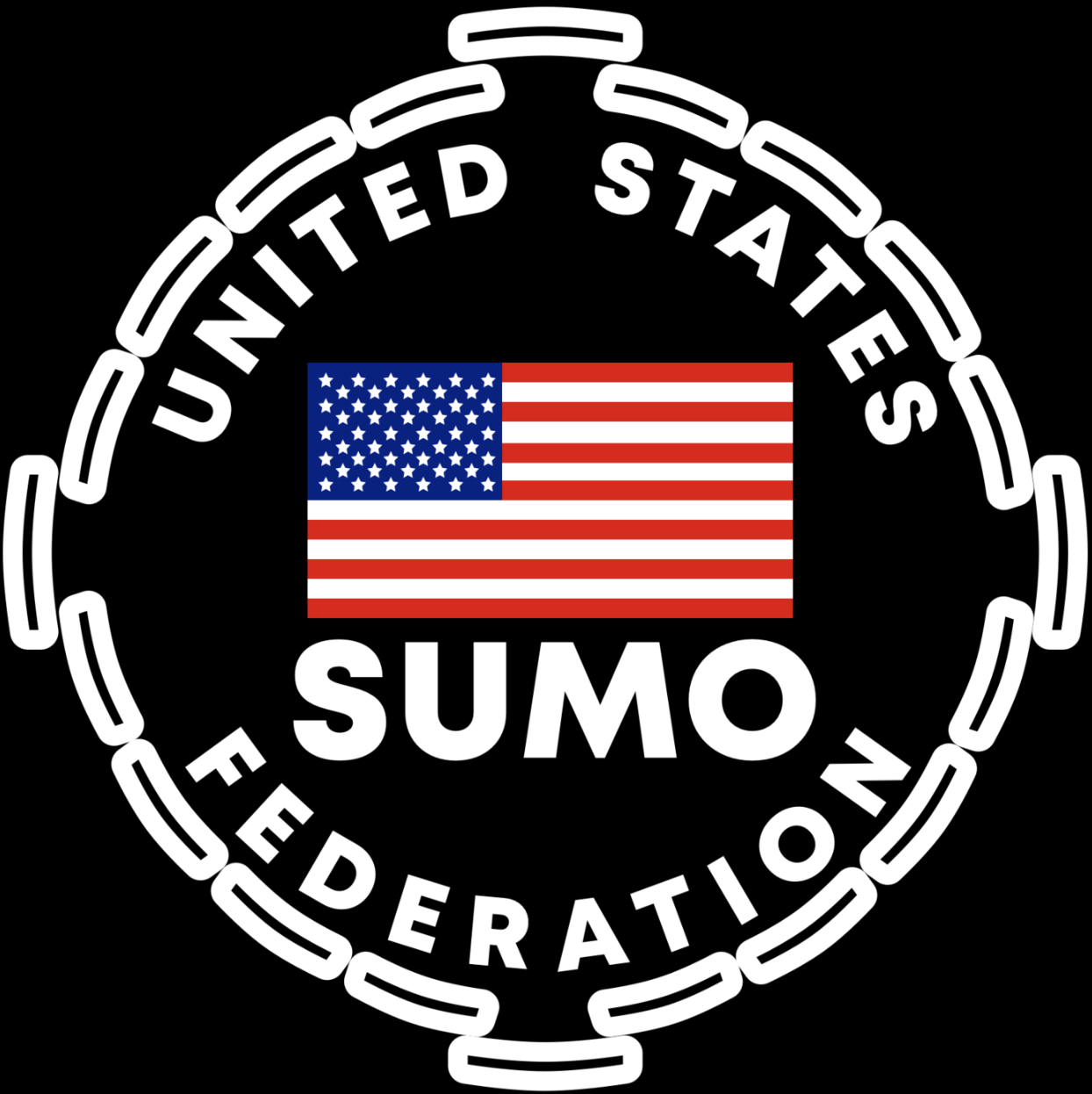“Starting Sumo” Interview with Ed Suczewski
List your Sumo experience, awards, accolades, etc.
I’ve been doing sumo since 2013. I’m a 3x U.S. Open medalist and 8x U.S. National medalist, including three middleweight championships in 2018, 2019, and 2020.
What made you start sumo?
As a kid, I saw Takanohana fight Akebono on TV. The raised dohyō, the sudden-death bouts, and the David vs. Goliath battles seemed larger than life to me. When I got older, I trained a few times under Yoshisada Yonezuka, but when his sumo club closed, I gave up on training, thinking it was impossible without a club nearby. In 2013, I saw how big the U.S. Sumo Open was getting, and I decided it was now or never. I committed to finding a way to train and compete.
What advice do you have for new sumōtori in the USSF?
Ask questions and listen to the answers you get. Show that you’re eager to learn, and people will help you. Show respect for the guys who’ve been around a while, and they’ll teach you things. Also, be creative and don’t give up. We’ve all faced challenges, but I can’t begin to describe how much this sport means to me and how incredibly rewarding it has all been. Hang in there, and find a way to train no matter what. It’s all worth it.
How did you find a place for your club to practice?
I found a judo coach offering private sessions at a local gym, South Mountain Martial Arts. I showed up to my first session with a mawashi instead of a gi and asked if he’d be interested in learning sumo with me. In time, the gym owners liked sumo so much they added it to their regular class schedule. That coach, Mark Lawrence, went on to represent the U.S. at two world championships.
What does a typical practice look like at your club?
We follow a very traditional practice routine I learned in Japan. We warm up with shiko, shinkyaku, trunk and shoulder warmups, and suriashi. Most of our practice consists of live bouts. We usually finish with butsukari and matawari. Some other clubs do a much better job with creative conditioning and technique drills. But I like to take full advantage of the limited time I have with practice partners and squeeze in as many bouts as possible. If you train this way, it’s important not to focus simply on winning. You have to set an intention for each bout and force yourself to work on specific skills. A thousand bouts will teach you very little if you aren’t mindful in your approach.
How did you find training partners and build a team?
I’m not very good at this aspect of coaching, and some other club coaches (Justin Kizzart!) are experts, so you should seek out their advice instead of mine. Most new training partners have contacted me directly or they’ve been referred to me by others.
Anything else?
Don’t forget to have fun. Appreciate every moment you get in the ring. Always ask for one more match. Be the last one on the dohyō.

